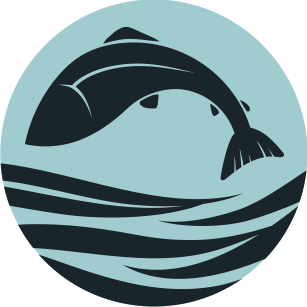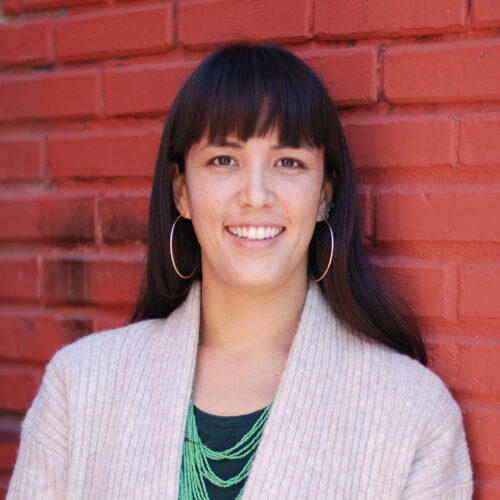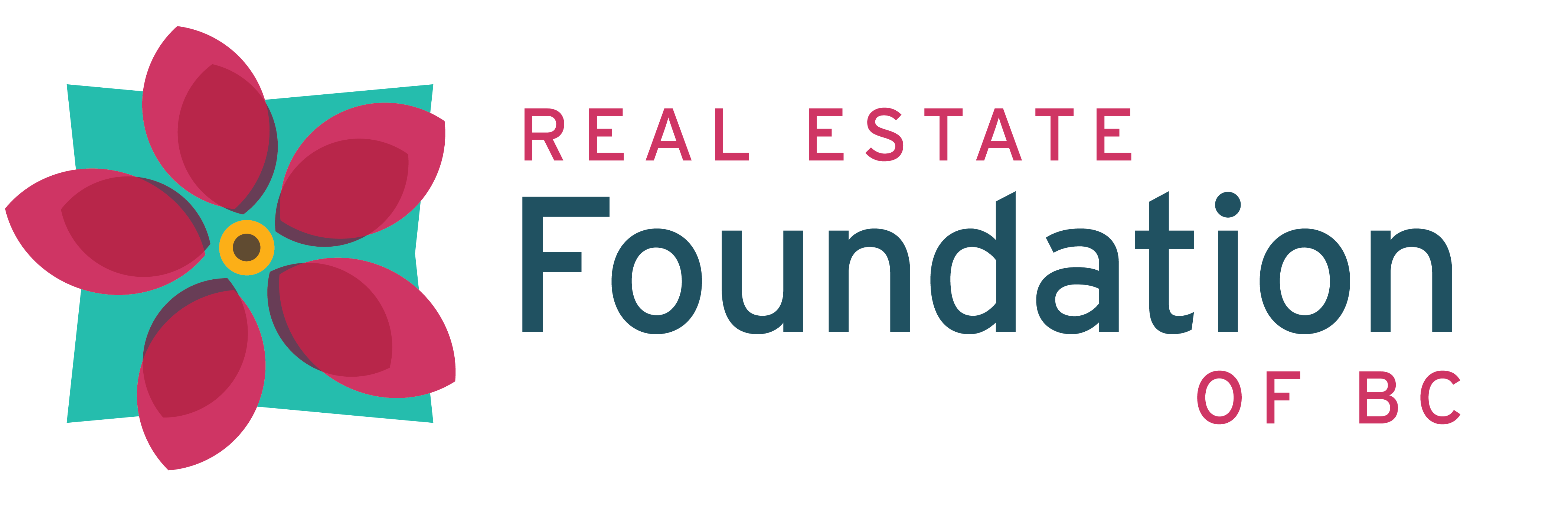Ducks Unlimited: Healing Estuaries in the Alaksen National Wildlife Area
Imagine you are a fish. Like a fish, you are used to meeting challenges as you journey from the sea to your traditional spawning grounds: predators, changing tides, and the need to find food. One thing you don’t expect? A big wall in the water, blocking your way.
For fish travelling up the mouth of the Fraser River, dikes and other infrastructure have created barriers to their migration.
The Alaksen National Wildlife Area is on the western tip of Westham Island, in Delta, BC, and is a key thoroughfare for many salmon species. To create farmable land, dikes were built around the island to hold back the tidal ebb and flow of the Fraser River delta. Unfortunately, these dikes blocked many channels that fish used on their journey inland as if by a wall. Other crucial ingredients to a healthy estuary, such as small invertebrates and suspended sediments, were also blocked.
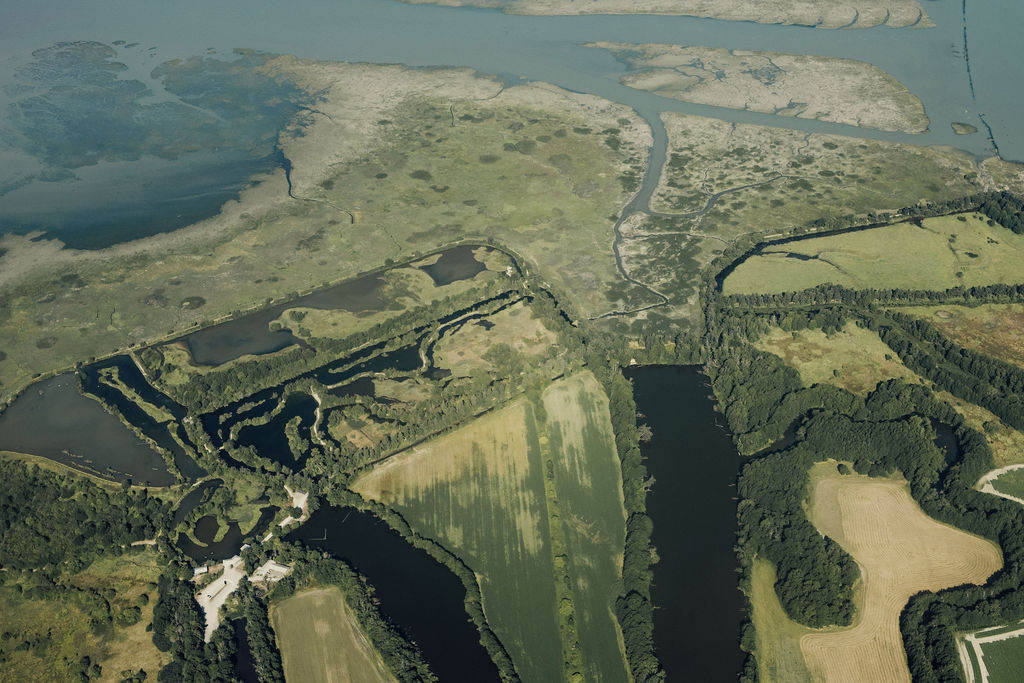
Aerial view of the field site in Delta, BC
Photo: Taylor Roades
Ducks Unlimited Canada (DUC) works with partners to restore the area to its original ecosystem.
Sarah Nathan, Provincial Manager of DUC, has a background in amphibian and songbird biology, extensive experience in the field, and a high-level view of ecosystem work happening in the region.
“At the end of the day, sea-level rise is coming,” said Nathan. “And in order to protect (the area and the species in it), Healthy Watersheds Initiative funding is being used to develop project design plans to breach the dikes and allow the habitat to be estuary again.”
The Healthy Watersheds Initiative, part of the Province of BC’s COVID-19 Economic Recovery Plan, is a $27-million investment in watershed conservation and restoration. HWI funding supports 61 projects across the province, including DUC’s work in Alaksen.
“It shouldn’t take a pandemic to spur governments into realizing this is a good way to spend money to both protect the environment and to give young people really useful, important, and life-affirming work to do,” said Hon. George Heyman, Minister of Environment and Climate Change Strategy during a July visit to Alaksen.
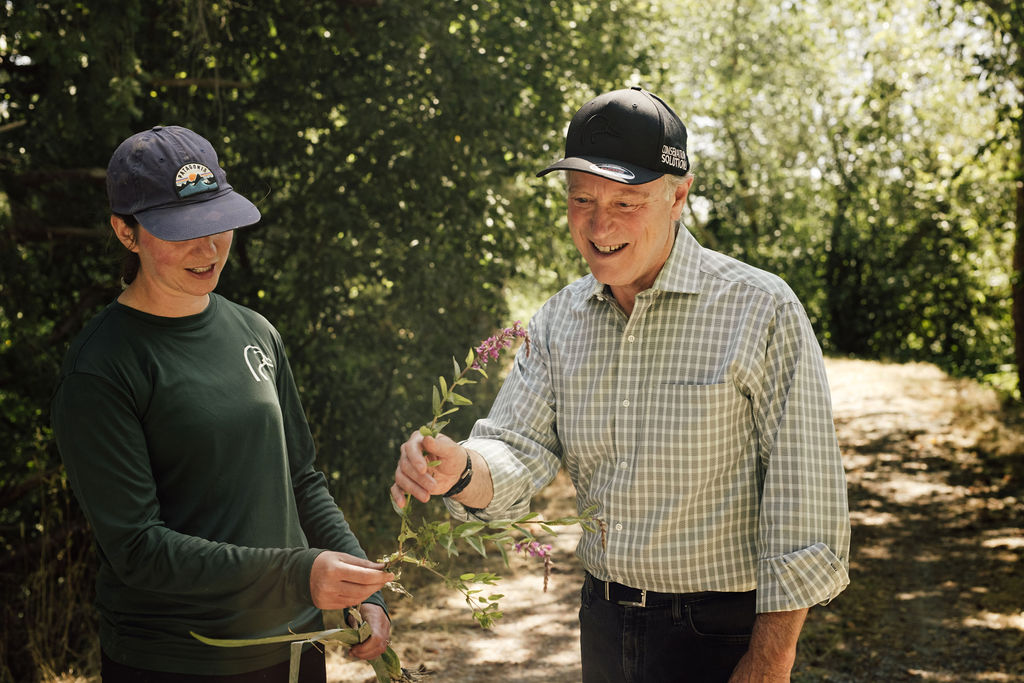
Minister Heyman connected with DUC staff and field teams at Alaksen to learn about their important work.
Photo: Taylor Roades
Alaksen’s boundaries overlap with the George C. Reifel Bird Sanctuary, a former farm now protected by the Government of Canada to provide safe refuge for migratory birds. The wildlife area and bird sanctuary form part of the broader Fraser Estuary Ramsar Site, internationally recognized as wetlands with significance to Canada and humanity as a whole.
The dikes that will be breached can be easily identified when looking at Westham Island from an aerial view. Distinct, numbered fields have dikes on all sides, straight lines in an estuary that otherwise would be covered by water at certain times. Maps of the area show faint but visible waterways passing through Field 9 and into neighboring Field 8. These remnant channels will be restored for salmon migration and have a healing effect on the land.
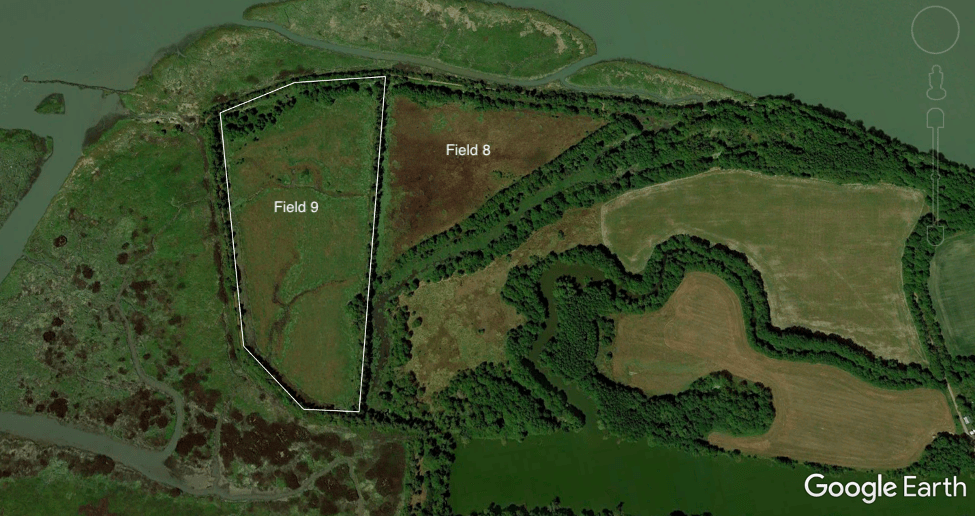
The outlined polygon is Alaksen National Wildlife Area Field 9. The triangle-shaped field to the right is Field 8. You can see the faint outline of a waterway passing through Field 9 and into Field 8. This channel will be restored for salmon migration.
Source: Google Earth
We toured the site during our visit with Minister Heyman and learned about invasive species management and fish monitoring. Nathan explained that DUC’s work in the Alaksen focuses on breaching dikes in key fields, which are too wet to be cultivated, while strategically reinforcing parts of the outer dike.
“We plan to breach seaward dikes, so that fish can travel (through Field 9 into Field 8 and out).”
In addition to improved fish passage, there are other benefits to the project. “River water is important in particular because it will bring sediment,” explained Nathan.
By allowing water from the Fraser River to flow freely again, a host of nutrients, invertebrates, and suspended particles will be deposited in Alaksen Fields 8 and 9. These deposits will help fields gradually respond to sea-level rise through accretion, a process through which the accumulation of sediment allows land elevation to increase roughly in proportion to sea level increase.

Walking along a dike during Minister George Heyman's visit to Alaksen in July, 2021.
Restoring the fields is also an opportunity to bring stewardship interests together. Nathan and her team have worked with Tsawwassen First Nation and Musqueam Indian Band, two communities whose core territories include parts of the wildlife area. As a result of conversations and sharing of traditional knowledge, the scope of work on Field 9 has been expanded, and a larger archaeological review is underway. Through these partnerships, Nathan has learned the importance of building in time for this archaeological work and ensuring that Indigenous partners have an opportunity to provide feedback on design. Nathan was honoured to have input from the Nations because “(the Nations) have been stewards of the estuary since time immemorial and have so much to bring to these projects.”
A four-person summer crew, including two youth members, have been busy removing invasive reed canary grass and European cattail now that the migratory bird nesting season is over. They were also trained to monitor salmon passing through parts of the wildlife. In addition, the crew nets, captures, counts, and releases Chinook fry.
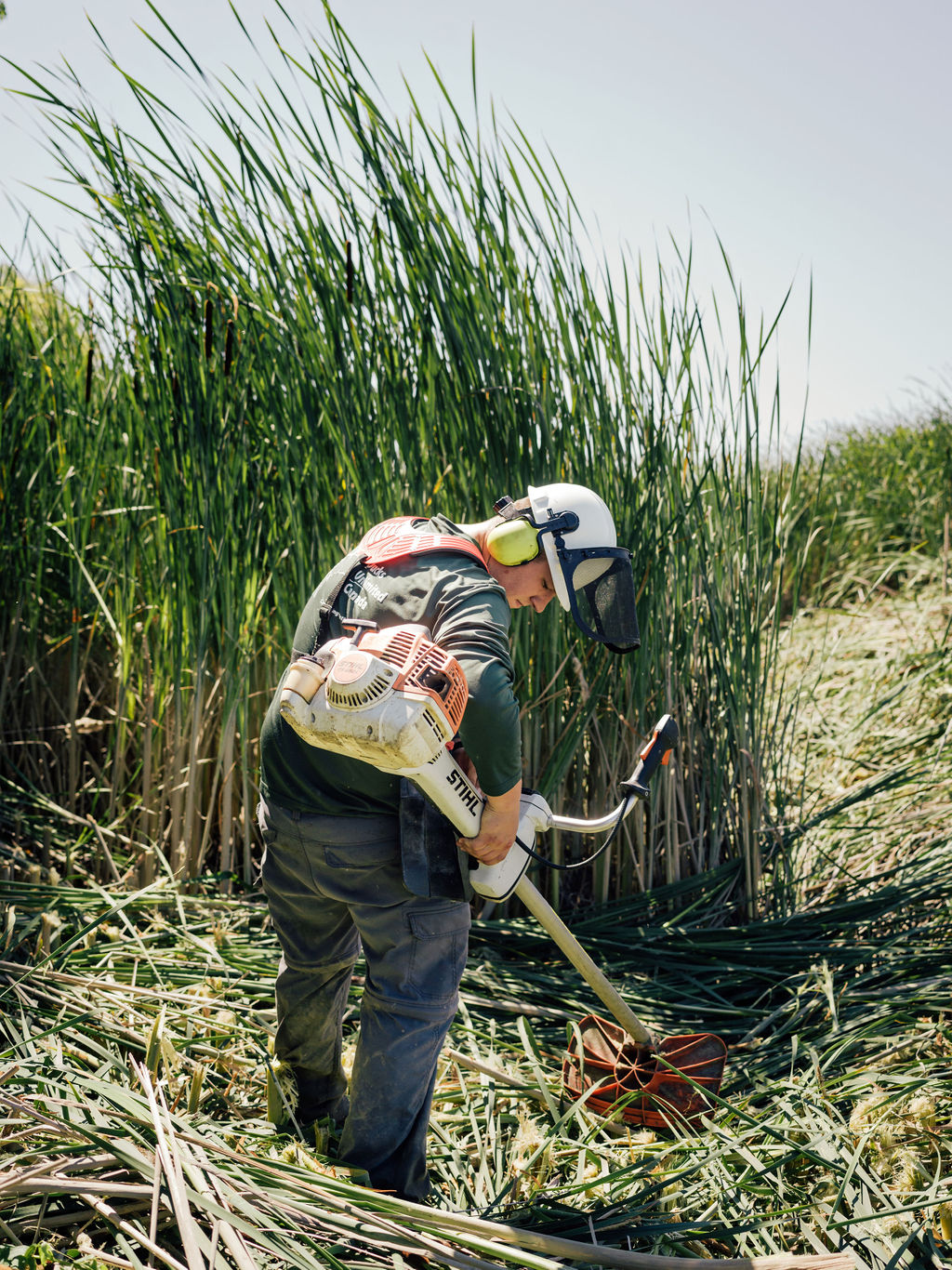
A DUC crew members removing invasive species during the summer field season.
Photo: Taylor Roades
“Thousands are coming through,” said Nathan of the salmon.
This baseline data is exciting to see, as it shows just how critical a passageway the NWA fields will be. The work happening is inspiring for all of the partners involved, and the payoff when the first salmon run through Fields 8 and 9 will make it especially meaningful.
